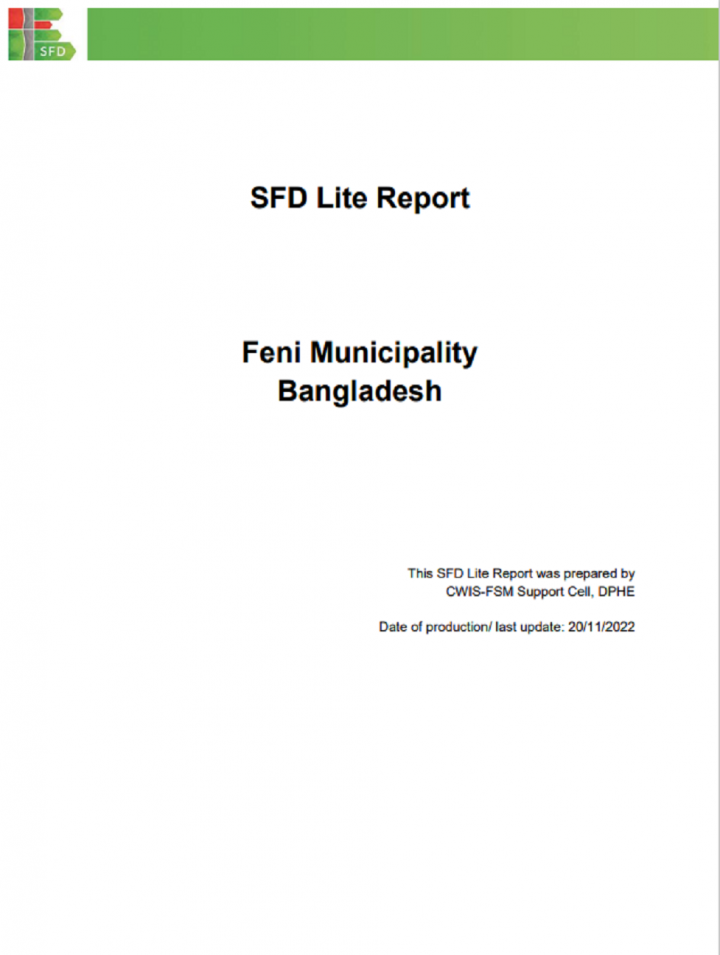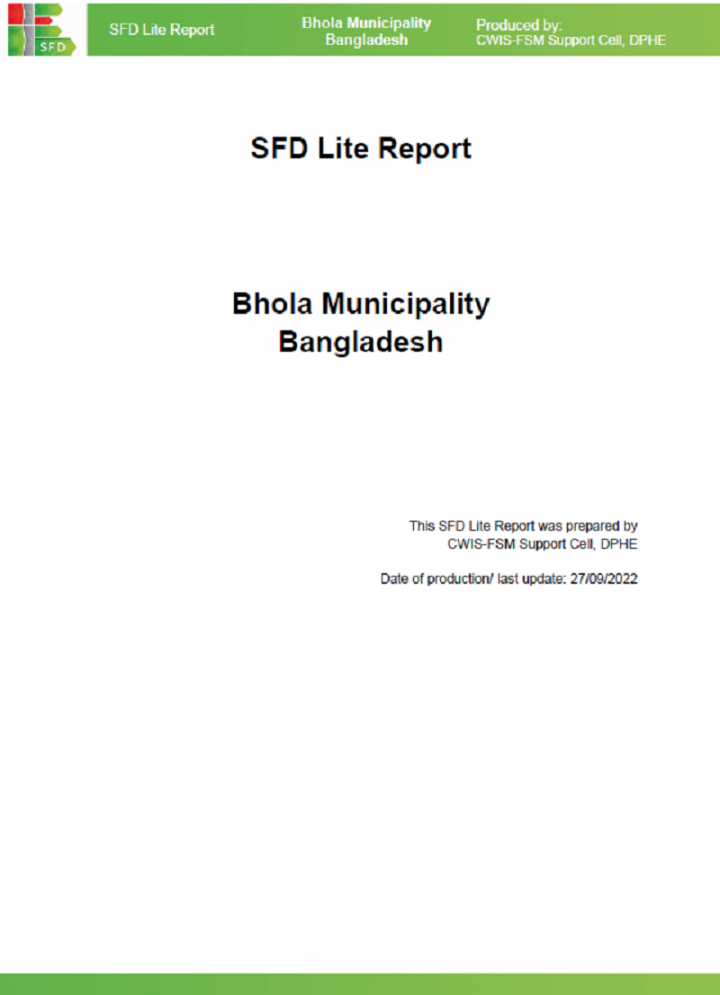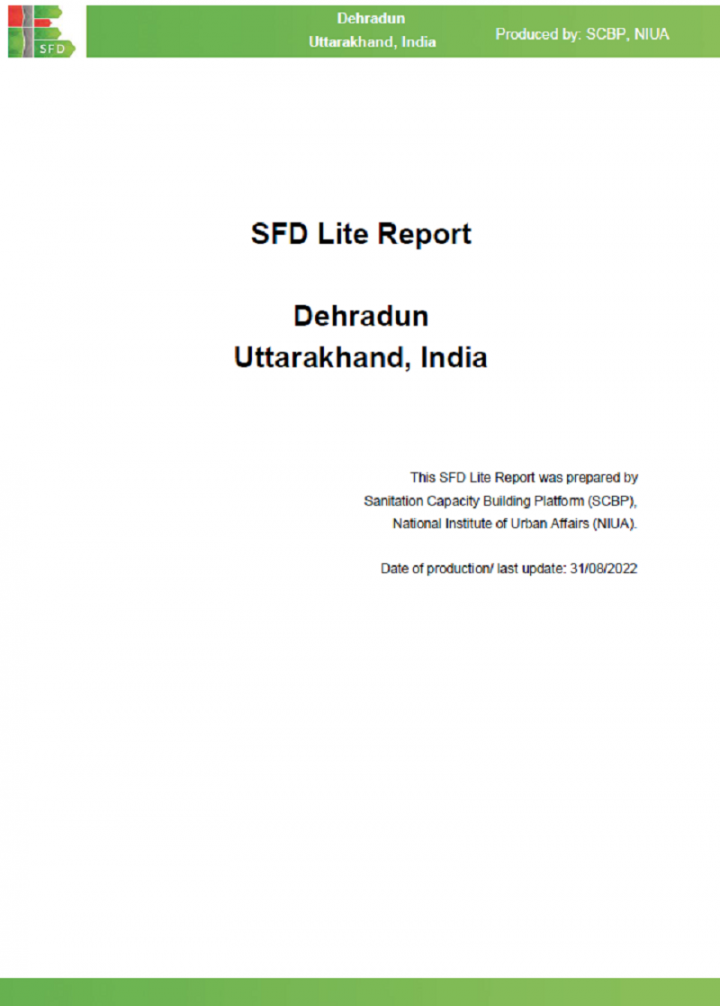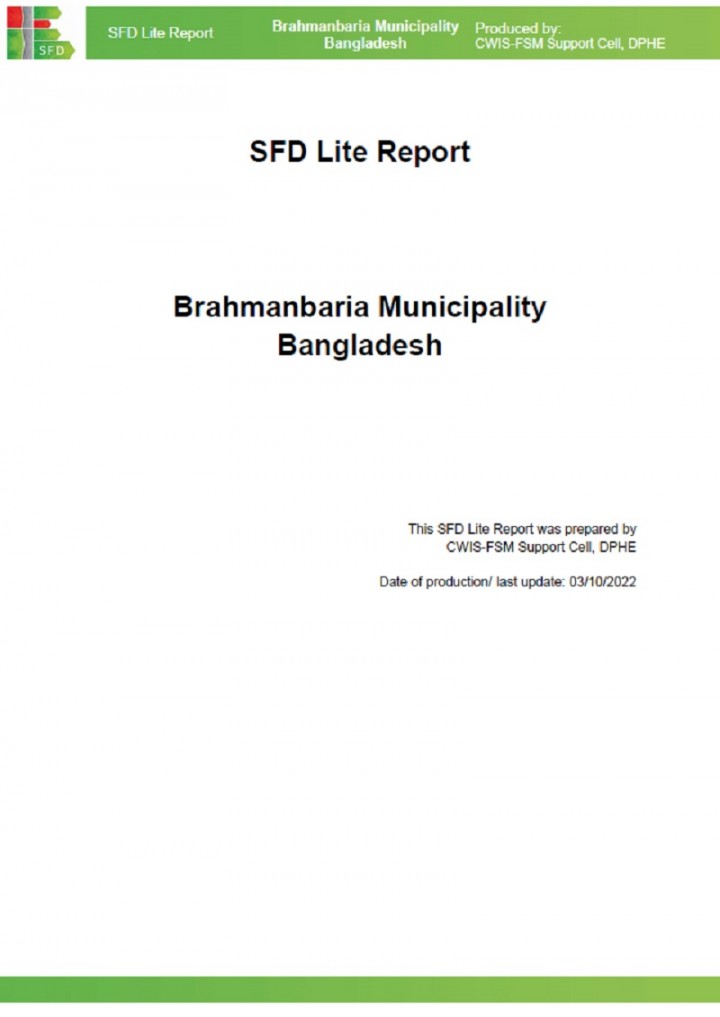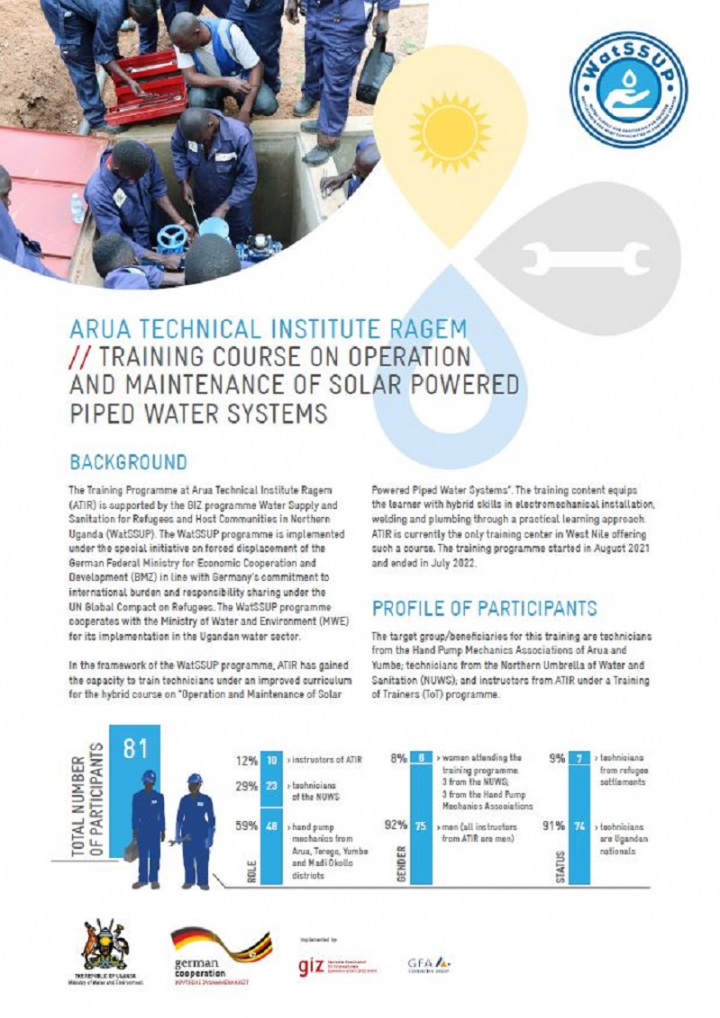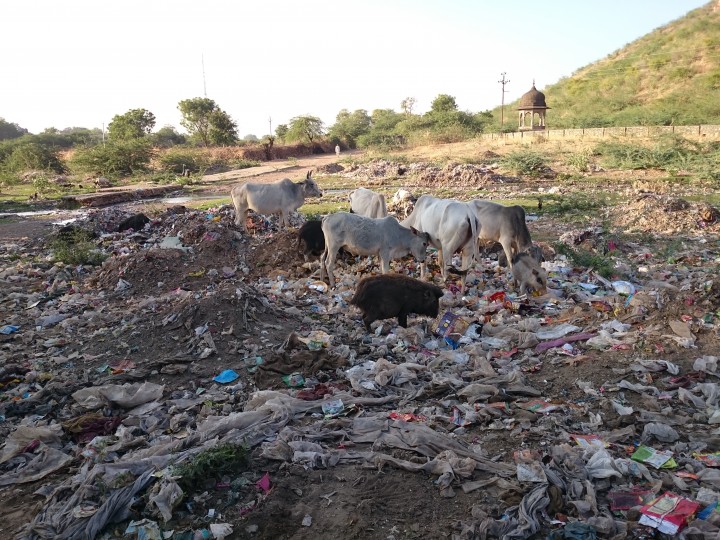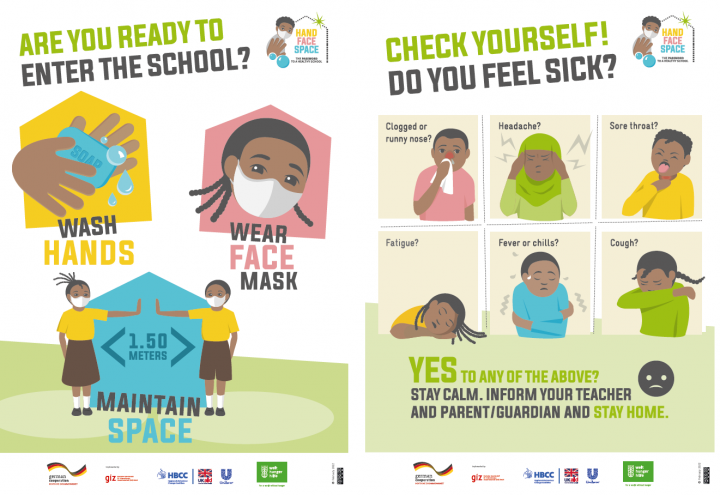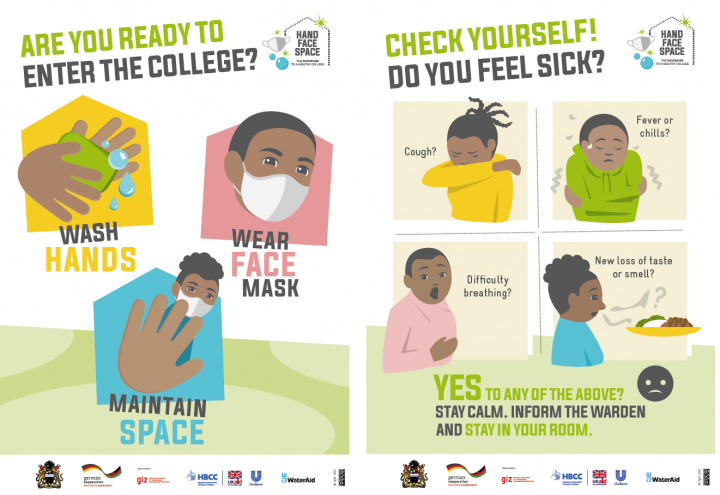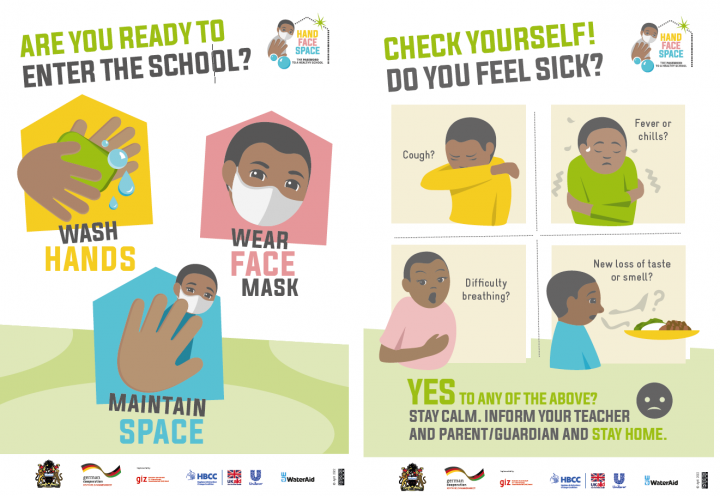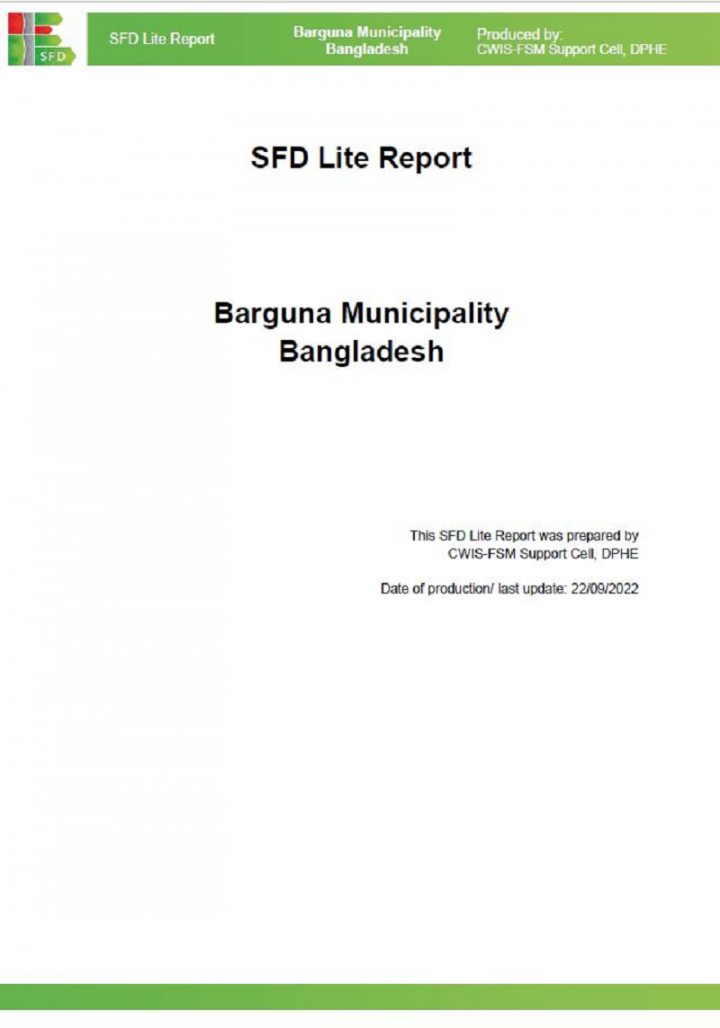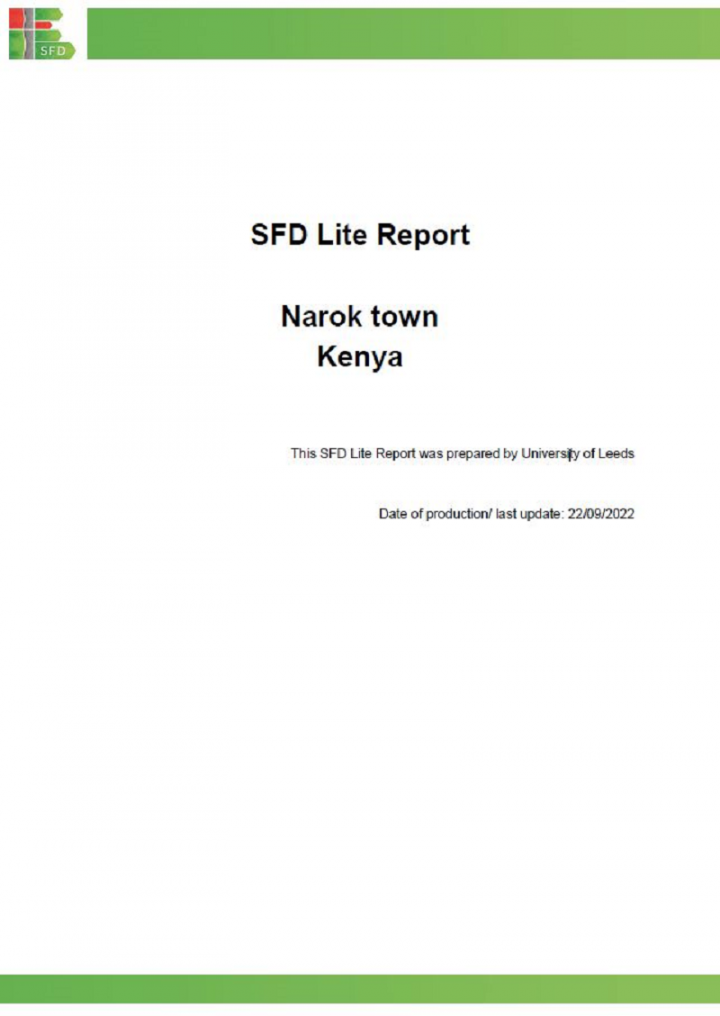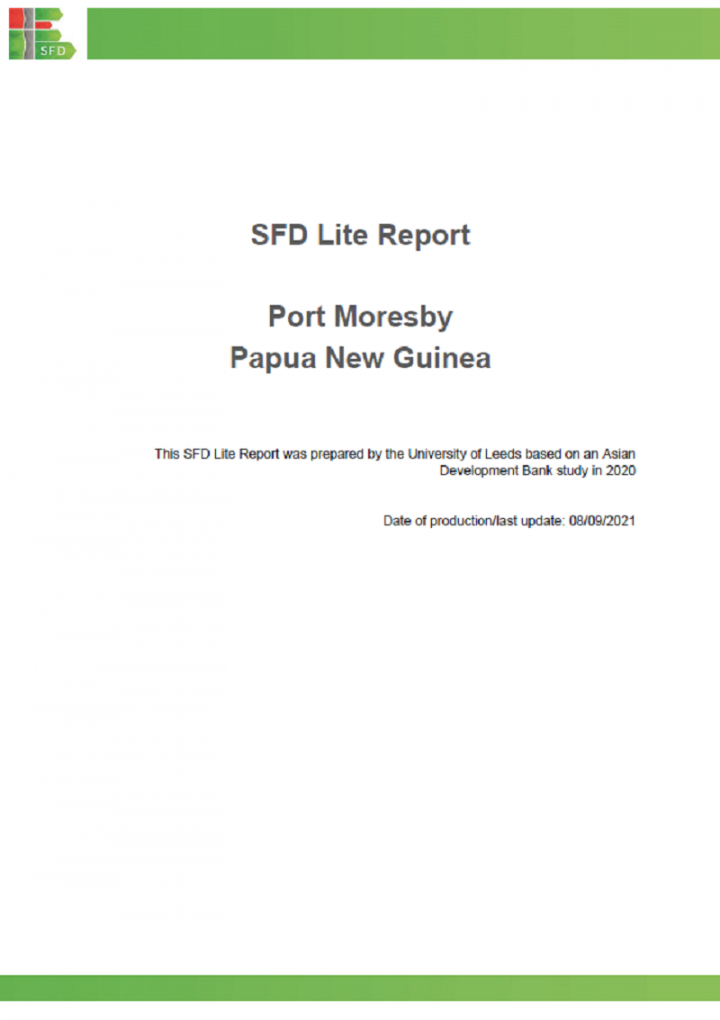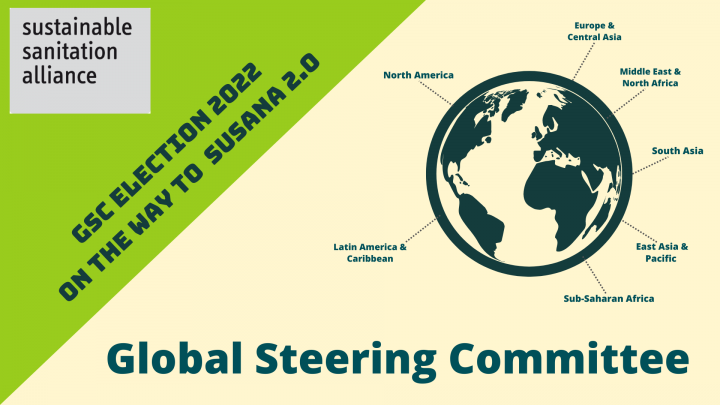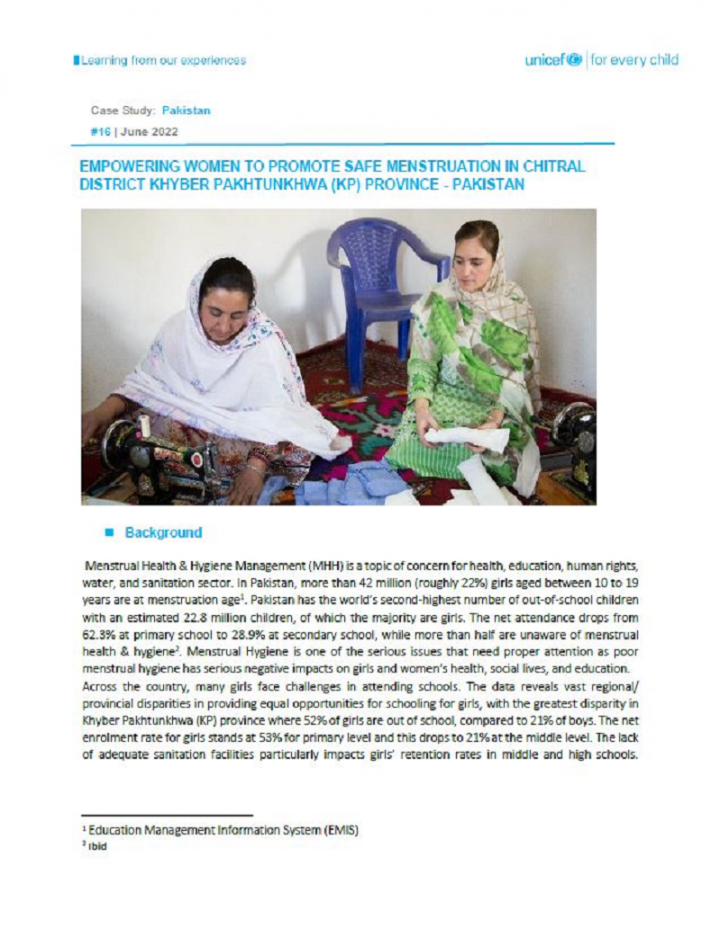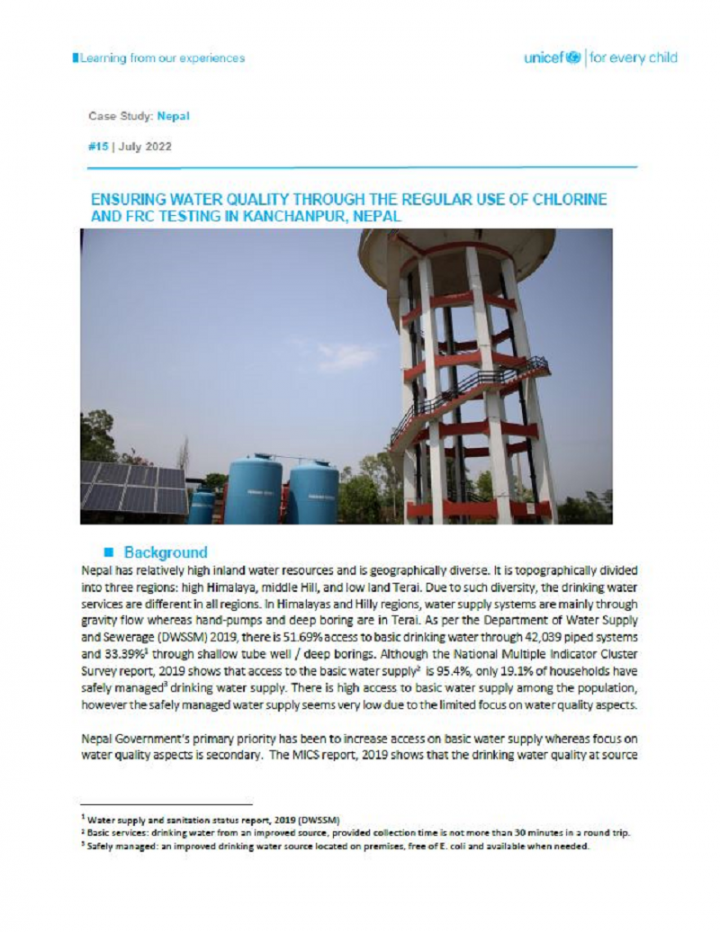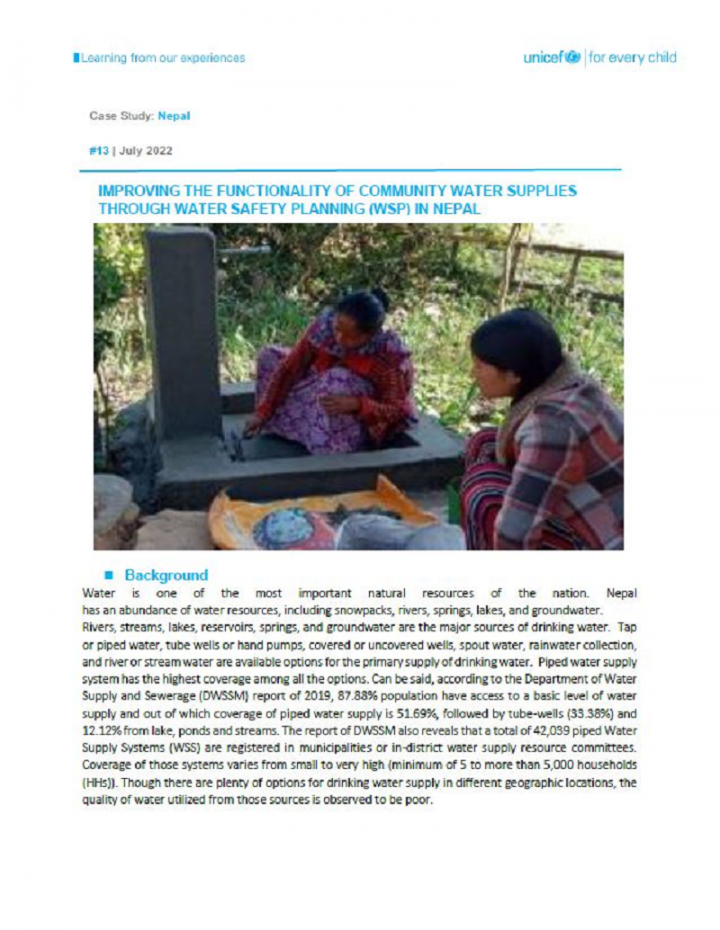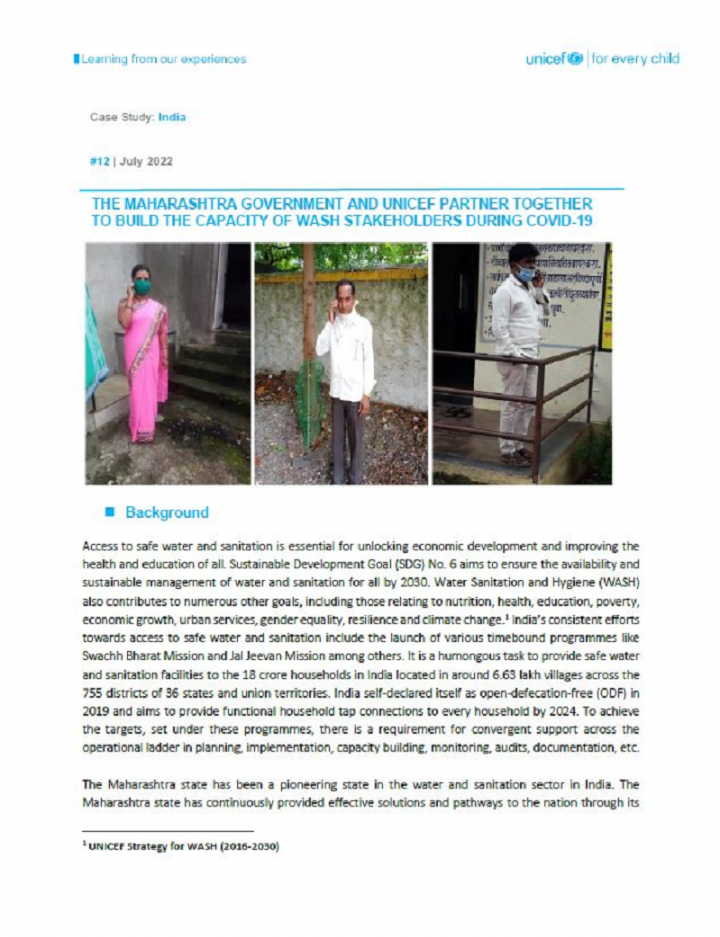Searching for information on Sanitation Workers?
The Sanitation Workers Knowledge + Learning Hub is the best source for all current news, trends, articles and updates on sanitation workers rights around the world.
Feni is a fast-growing city located along the Dhaka-Chittagong highway and 161 km South of Dhaka. It is besides the Selonia River and it is well connected with road, water, and railways. It is one of the oldest towns in the sub-continent and was declared a Municipality in 1958. Feni is one of the 53 district level Municipality in the country.
According to the population census in 2011 by the …
To commemorate World Toilet Day 2022, the SuSanA Working Group on productive sanitation and food security (WG5) and the Stockholm Environment Institute (SEI), along with partners, organised a webinar about the role of standards and certification systems in the safe reuse of nutrients from sanitation systems. Moderated by WG5 Lead Daniel Ddiba.
This entry is the collection point of the …
Bhola is a fast-growing city, which is 185 km away from the Dhaka city. It is beside the Megna and Tetulia River and well connected with road and water. It is one of the oldest towns in the sub-continent and was declared Municipality in 1920. Bhola is one of the 53 district level Pourashava in the country.
According to the population census in 2011 by the Bangladesh Bureau of Statistics (BBS), …
Dehradun Nagar Nigam area1 is 100 km2. and has 100 wards with a population of 804,3792 (as of 2018). There are 167,577 households (HHs) (after municipal boundary expansion in 2018) within municipal boundary; this suggests the average household size in the city to be 5.
The output of the SFD graphic represents that 46% of the human excreta flow is attributed to be safely managed and the …
Brahmanbaria is a fast-growing city located along the Dhaka-Chittagong highway and 110 km Eastern of Dhaka. It is beside the Titas Rive rand well connected with road, water, and railways. It is one of the oldest towns in the sub-continent and was declared Municipality in 1868. Brahmanbaria is one of the 53 district level municipalities in the country.
According to the population census in 2011 …
In 2019, cyclone Fani devastated Badabenakudi village, leaving its people traumatized. Many locals felt powerless and dependent on others. It was in this context that the UNICEF WASH team in Odisha and the government sought to develop the local capacity of the community and enhance awareness of WASH. UNICEF and its partners worked with the local ASHA (community health worker), schoolteacher, and …
The Training Programme at Arua Technical Institute Ragem (ATIR) is supported by the GIZ programme Water Supply and Sanitation for Refugees and Host Communities in Northern Uganda (WatSSUP). The WatSSUP programme is implemented under the special initiative on forced displacement of the German Federal Ministry for Economic Cooperation and Development (BMZ) in line with Germany’s commitment to …
As the Swachh Bharat Mission of the Government of India expands, solid waste management will have to keep pace. This thematic discussion on the India Chapter of SuSanA examines the readiness of local government institutions, tasked with the job, to effectively plan and implement solid waste management systems.
Barishal is a fast-growing city, which is 235 km away from the Dhaka city. It is beside the Kirtankhola River and well connected with road and water. It is one of the oldest towns in the sub-continent, established as Pourashava in 1869 and was declared City Corporation in 2002. Barishal is one of the 12 City Corporations in the country.
According to the population census in 2011 by the …
Barguna is a fast-growing city, which is 319 km away from the Dhaka city. It is beside the Khakdon River and well connected with road and water. It is one of the oldest towns in the sub-continent and was declared municipality in 1973. Barguna is one of the 53 district level municipality in the country.
According to the population census in 2011 by the Bangladesh Bureau of Statistics (BBS), the …
Narok town is Narok county’s capital city which is the largest city on the way to Maasai Mara National Reserve from Nairobi. It became a municipality in October 2019 due to the rapidly growing population. Figure 2 shows the official municipality boundary and demographical data from the latest census in 2019. The municipality covers the area of Narok Township (Narok Town & Oleleshwa), Nkareta …
This SFD covers the administrative “National Capital District” of Port Moresby, the capital city of Papua New Guinea. According to the 2011 Census, the population was 364,125 and the population growth rate was 3.3%. The predicted population in 2020 was 503,795, no further census data are available. This is likely to be around 65,800 households. Most of the population growth is within the …
The SuSanA Secretariat and the Interim Steering Committee (ISC) officially announced the Election Results of the first Global Steering Committee (GSC) on Friday, 21st of October, from 2-2.30 pm CEST.
Thanks to the 247 SuSanA Members that casted their vote, for supporting us in this process! We hope to achieve an even higher turnout in the next GSC elections.
SuSanA would not exist and be …
The rural water supply scheme (WSS) in Sri Lanka is threatened by multiple climate risks such as flash floods, droughts, landslides, and salinity intrusion. Those rural water supply schemes are managed by Community-Based Organizations (CBOs) and Local Authorities and offer water to 12% of the people who live in marginalized areas through piped systems. Even though Water Safety Planning (WSP) is …
Menstrual Health & Hygiene Management (MHH) is a topic of concern for health, education, human rights, water, and sanitation sector. In Pakistan, more than 42 million (roughly 22%) girls aged between 10 to 19 years are at menstruation age1. Pakistan has the world’s second-highest number of out-of-school children with an estimated 22.8 million children, of which the majority are girls. The net …
Nepal has relatively high inland water resources and is geographically diverse. It is topographically divided into three regions: high Himalaya, middle Hill, and low land Terai. Due to such diversity, the drinking water services are different in all regions. In Himalayas and Hilly regions, water supply systems are mainly through gravity flow whereas hand-pumps and deep boring are in Terai. As per …
The right to water and sanitation entitles everyone to have access to sufficient, safe, acceptable, physically accessible, and affordable water for personal and domestic use. In 2010, the UN General Assembly and the Human Rights Council recognized clean drinking water and safe sanitation to be human rights, essential to the full enjoyment of life and all other human rights. Additionally, …
Water is one of the most important natural resources of the nation. Nepal has an abundance of water resources, including snowpacks, rivers, springs, lakes, and groundwater. Rivers, streams, lakes, reservoirs, springs, and groundwater are the major sources of drinking water. Tap or piped water, tube wells or hand pumps, covered or uncovered wells, spout water, rainwater collection, and river or …
Access to safe water and sanitation is essential for unlocking economic development and improving the health and education of all. Sustainable Development Goal (SDG) No. 6 aims to ensure the availability and sustainable management of water and sanitation for all by 2030. Water Sanitation and Hygiene (WASH) also contributes to numerous other goals, including those relating to nutrition, health, …

